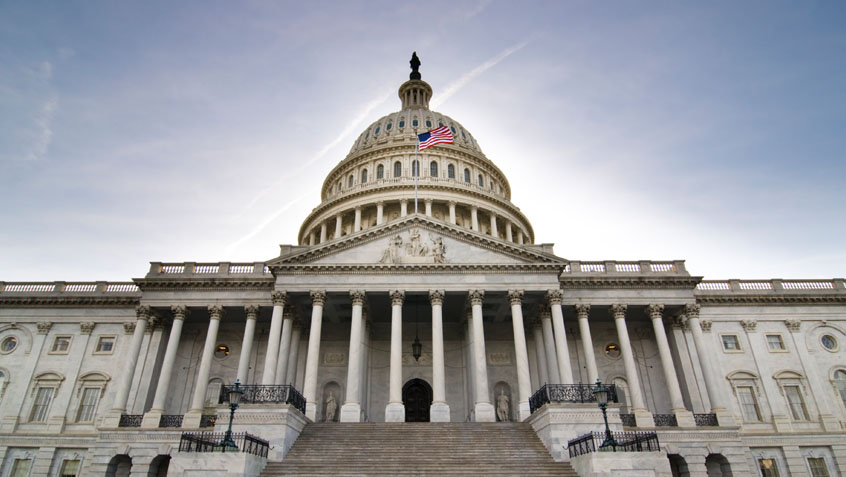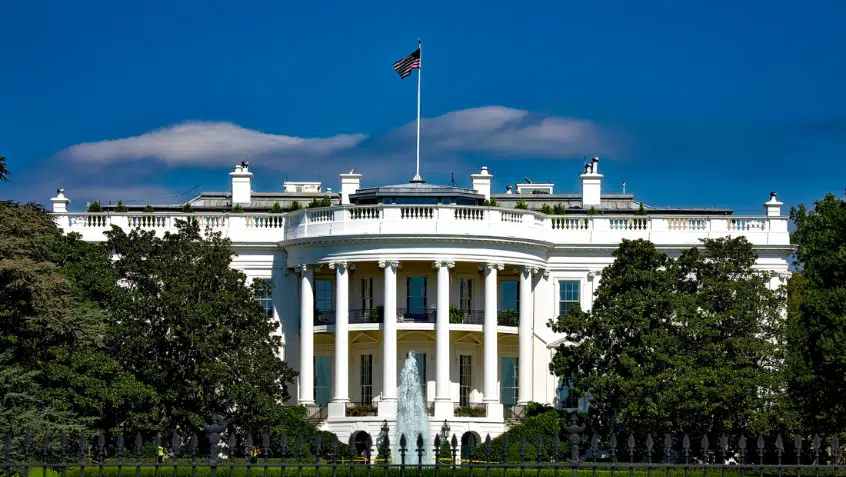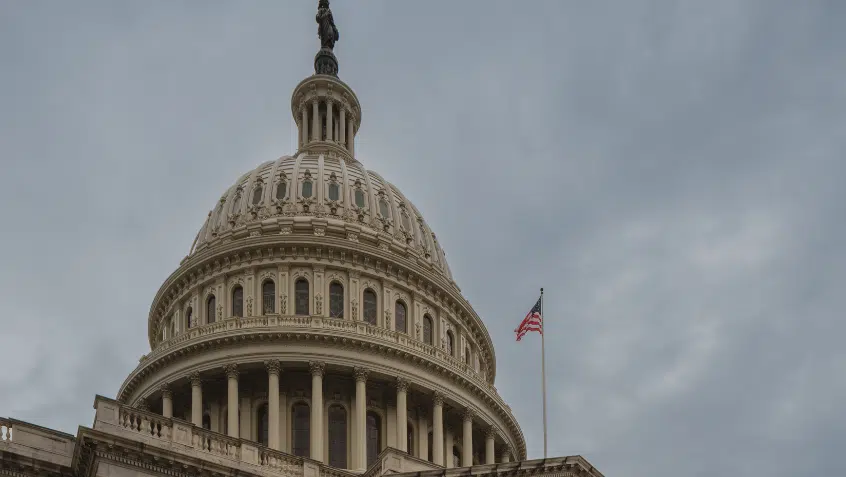New Analysis Finds That Health Care Spending by Private Insurers Decreases if They Are Reimbursed Using Medicare Rates

The United States spends more for health care per capita than other high-income countries and does not have better outcomes to show for it. While some policies focus on requiring consumers to shop their way to savings, the researchers at the Kaiser Family Foundation (KFF) analyzed years of data and found that if private insurers used Medicare rates to reimburse providers, health care spending by private insurers would drop by $352 billion in 2021 alone, nearly a 40% decrease.
Around 170 million people in the US are covered by private insurance. This can include employer coverage or individual plans such as those purchased via the Affordable Care Act Marketplace. By comparison, around 60 million people—older adults and people with disabilities—are covered by Medicare.
For hospital and outpatient services, Medicare rates are significantly lower than the rates private insurers pay, and this gap is expanding. Medicare per capita spending grew 1.7% on average from 2010 to 2018, while growth in private insurer spending was more than double during the same period, at 3.8%.
Across all payers, in 2018, the average spent on health care per capita in the US was $10, 637. Among comparable countries—Austria, Belgium, Canada, France, Germany, Netherlands, Sweden, Switzerland, and the United Kingdom—the average was $5,527. The difference in spending on prescription medication is even more extreme, with the US paying nearly four times more than comparable countries.
KFF calculates that spending per capita for those privately insured would fall by $2,096 for adults ages 19 to 64 if Medicare rates were used. This is still not in line with other countries’ spending but is an improvement.
The researchers make it clear that their analysis cannot account for whether access to care would be reduced if providers were paid less. One important data point is that access to care through Medicare is generally exceptionally good, and very few providers refuse Medicare patients. Still, it is unknown what would happen if provider payments across the board were lower. Providers such as hospitals argue that Medicare rates are insufficient to pay their operating expenses, but there is little way to know how accurate this may be.
While a system-wide embrace of Medicare rates is unlikely anytime soon, and even Medicare’s lower rates can still make cost sharing unaffordable for many, these calculations point toward options policymakers may have in the coming years to change the course of the American health care system and reduce spending. Most experts agree that the trajectory of health care spending in the US is unsustainable, and prescription drug costs in particular are likely to be the focus of upcoming legislative and administrative actions.
At Medicare Rights, we urge policymakers to find ways to reduce the costs that can create barriers to high-quality health care.
The Latest
Most Read
Congress Moves to Cut Medicaid
 Threats to the Social Security Administration and to Benefits Continue to Raise Alarm
Threats to the Social Security Administration and to Benefits Continue to Raise Alarm House Adopts Senate Budget Plan, Laying the Groundwork for Significant Health Care Cuts
Trump Administration and DOGE Eliminate Staff Who Help Older Adults and People With Disabilities
Add Medicare to Your Inbox
Sign up to receive Medicare news, policy developments, and other useful updates from the Medicare Rights.
View this profile on InstagramMedicare Rights Center (@medicarerights) • Instagram photos and videos








